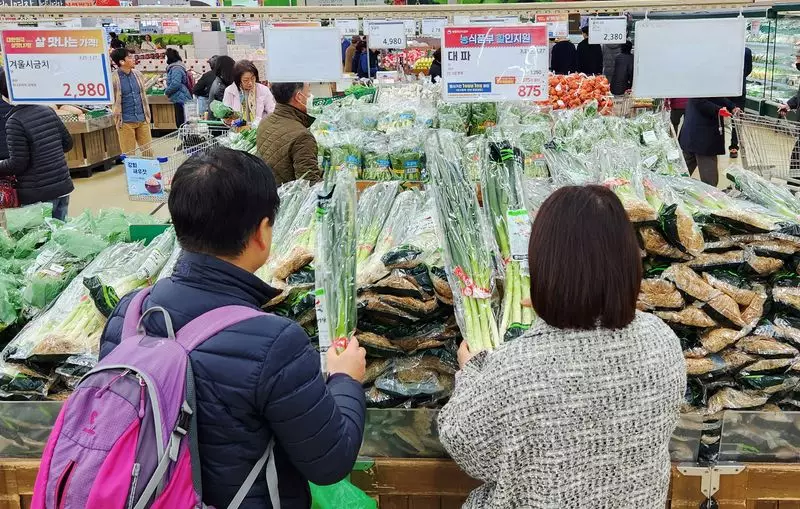The South Korean economy faced an intriguing phase recently, showing signs of recovery after a slight downturn in the second quarter. A recent Reuters poll suggests that the nation may have witnessed a growth rebound in the third quarter, driven primarily by an export-led recovery. This follows a contraction of 0.2% in the April to June window, raising concerns among economists about the stability and trajectory of South Korea’s economic performance.
While the preliminary data indicates a seasonally adjusted growth of approximately 0.5% for the third quarter, the annual expansion is forecasted to be around 2.0%. While this appears positive, it’s crucial to note that this figure has dipped from 2.3% the previous quarter, intimating a potential stagnation in more potent growth rates. This observation leads analysts to suggest that despite robust export figures, the fundamental challenges of weak domestic demand are still prevalent.
Exports have historically been a bedrock of South Korea’s economy. The current export figures have shown promising trends, with growth averaging nearly 10% for the year up to September, especially fueled by increased semiconductor exports to the United States. However, the recent slowdown in trade with pivotal partners such as China has raised concerns. China, as the largest trading partner, plays a significant role in South Korea’s economic health, and any fluctuations in demand from this market can have cascading effects on growth rates.
In the face of these export challenges, domestic consumption remains restrained. Elevated borrowing costs have put significant pressure on households, which already contend with some of the highest debt levels among developed economies. Such a financial burden inevitably stifles consumer spending, further complicating the growth narrative.
Monetary Policies and Economic Outlook
In response to the ongoing economic challenges, the Bank of Korea has recently lowered its policy rate by 25 basis points from a 15-year high of 3.50%. This move is a strategic attempt to improve consumer expenditure and stimulate the economy. However, there is speculation surrounding the central bank’s future monetary policy, with expectations pointing towards stabilization for the remainder of the year, suggesting any further cuts will be gradual.
Economists predict a modest GDP recovery may marginally influence the Bank of Korea’s monetary policies moving forward. While some experts anticipate that a further decrease in the policy rate could follow shortly, others caution against hasty decisions given the lurking uncertainties within the housing market and global economic context.
As South Korea positions itself for the future, the interplay between external demand and domestic consumption will be vital. Growth projections for the year have already been revised downwards, with estimates now hovering around 2.4%, reflecting ongoing concerns about the sustainability of the economic rebound. The evolving dynamics with key trade partners and internal economic factors will remain critical in determining the nation’s overall economic trajectory.
While South Korea’s economy is showing signs of a potential rebound, the underlying challenges cannot be overlooked. A strategic focus on enhancing domestic consumption and managing external trade relationships effectively will be crucial for achieving stable and sustained growth.

